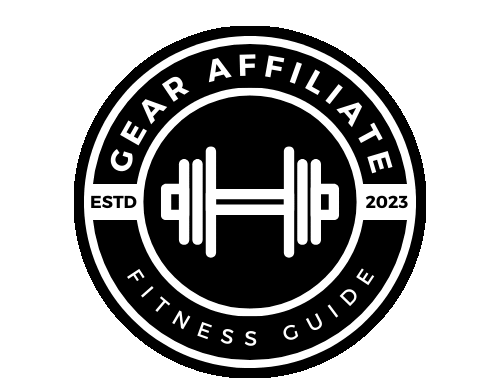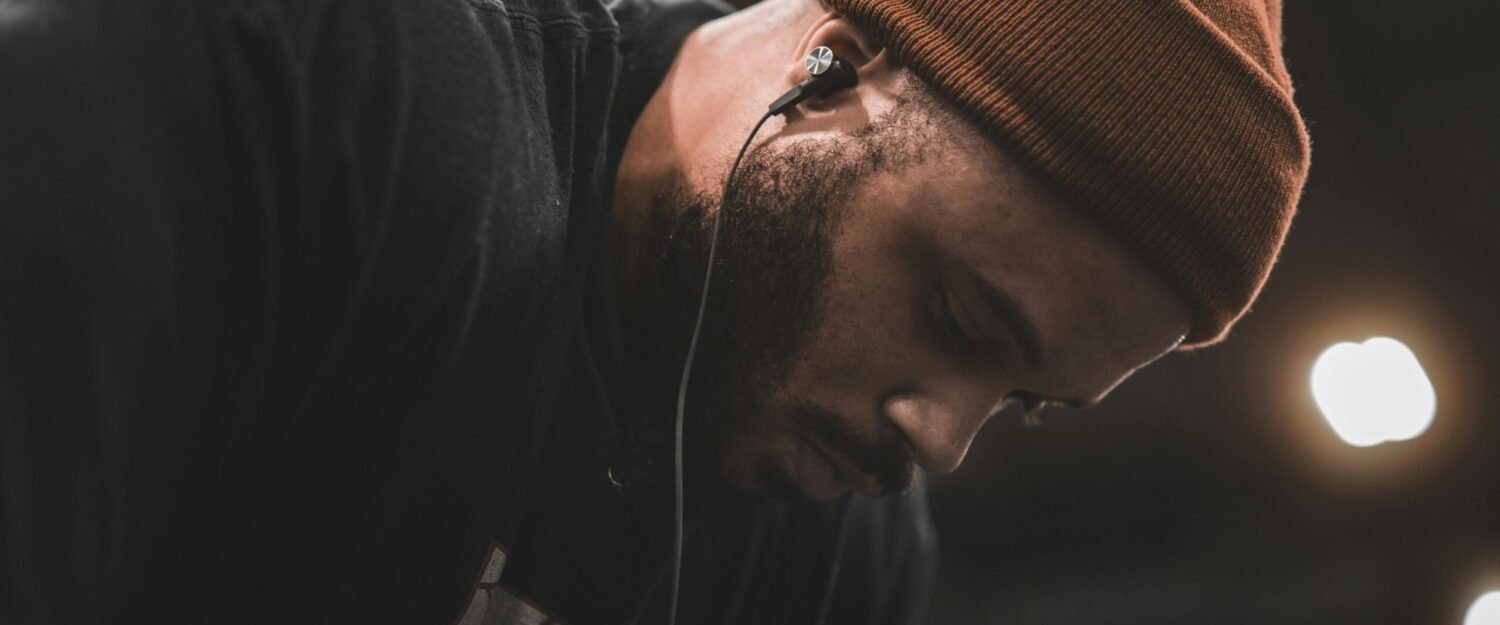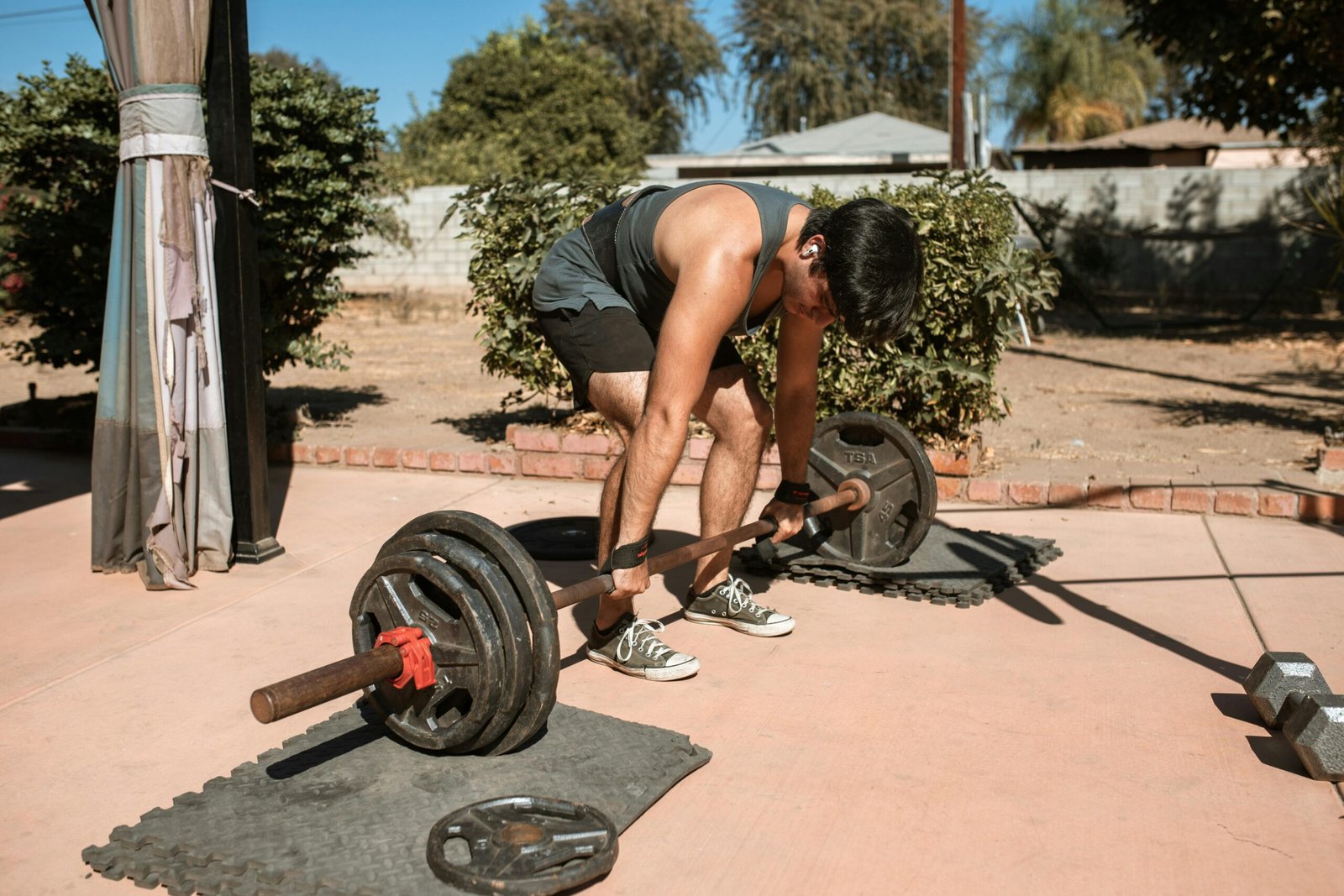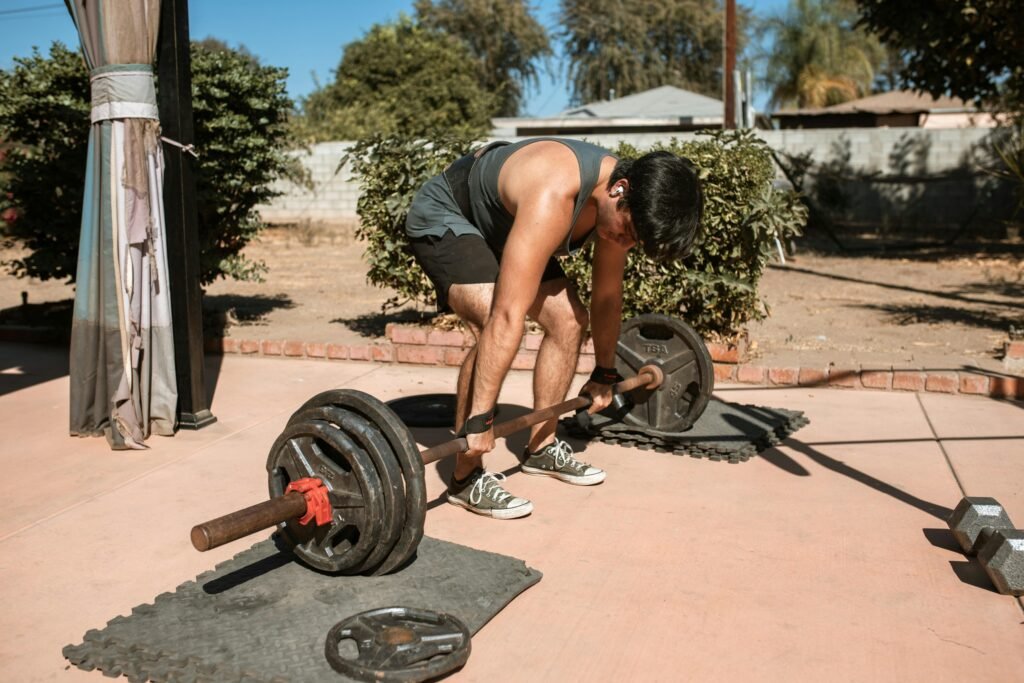
Written by our training team
Built for lifters who care about more than just weight on the bar—this guide explains how breathing is the foundation of real strength.
How to Breathe and Brace for Weightlifting
(And Why Most Lifters Do It Wrong)
You’ve probably heard the phrase “breathe into your belly” or “brace your core” in the gym. But when it comes to lifting serious weight—whether it’s a deadlift, squat, or overhead press—most people never learn how to properly brace. And that leads to energy leaks, unstable lifts, and eventually injury.
Breathing and bracing are the foundation of strength. Master this, and you’ll move heavier loads more safely and with more control.
In this post, we’ll explain what proper bracing actually means, how it should feel, and how to apply two key techniques taught by strength coach Alexander Bromley:
- Cannonball Breathing
- The 90/90 Breathing Drill
What Does It Mean to Brace?
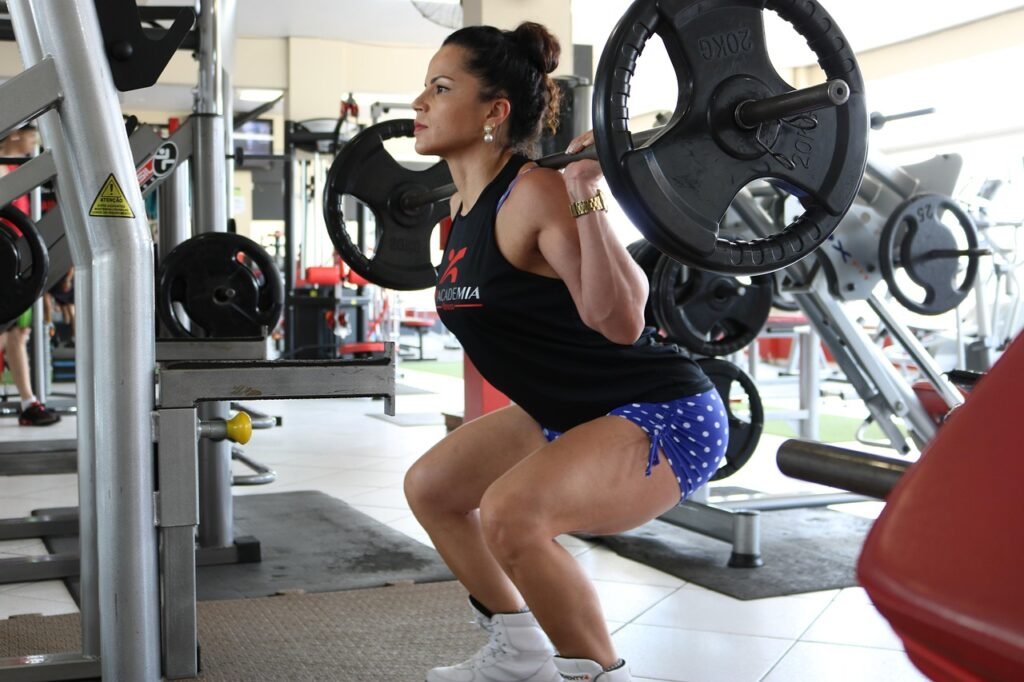
Bracing means pressurizing your core to create spinal stability under load. When done right, it protects your back, transfers power more efficiently, and allows you to lift more safely.
But it’s not just about “tightening your abs.”
Proper bracing involves:
- Breathing into your abdomen and sides (not your chest)
- Creating 360° pressure around your spine
- Maintaining that pressure throughout the lift
This is also called intra-abdominal pressure (IAP)—and it acts like an internal weight belt, stabilizing your spine and locking your torso into position.
Why Just “Breathing In” Isn’t Enough
The average gym-goer will inhale, puff up their chest, and think they’re bracing.
But what they’re actually doing is lifting their ribcage and breathing upward—not outward. That doesn’t create pressure. It creates tension in the wrong places and can even destabilize your lift.
Instead, you want to:
- Keep your ribs down
- Breathe into your stomach, obliques, and back
- Create pressure outward in all directions
- Then brace against that pressure
This is where cannonball breathing and the 90/90 drill come in.
Cannonball Breathing: A Simple Cue with Big Results
Coined by Alexander Bromley, cannonball breathing is a mental cue to teach lifters how to generate powerful, even pressure throughout the core—like you’re about to absorb an impact.
What It Means:
Think of preparing your midsection like it’s about to take a hit from a cannonball:
- Your trunk is locked in tight.
- Your stomach pushes out firmly in all directions.
- Your obliques and low back are just as tight as your front.
This cue helps eliminate the bad habit of only breathing into your belly or trying to “suck in your core.”
How to Do It:
- Stand tall or get into your lift setup (squat or deadlift).
- Take a deep breath into your diaphragm (not your chest).
- Push out against your belt or abs like you’re about to take a punch.
- Lock it in—don’t exhale during the lift. Hold until you pass the hardest part.
- Breathe out slowly between reps or at the top of the lift.
90/90 Breathing Drill: Relearning How to Breathe and Brace
The 90/90 breathing drill, also popularized by Alexander Bromley, is a ground-based reset. It’s a corrective exercise that teaches you how to breathe and brace without overextending your back or flaring your ribs.
How It Works:
You lie on your back with your feet against a wall and hips and knees at 90 degrees—hence the name 90/90.
This neutral position teaches:
- Rib-down posture
- Diaphragmatic breathing
- Engagement of deep core muscles
Step-by-Step:
- Lie on your back near a wall.
- Place feet flat on the wall, knees and hips at 90° angles.
- Gently flatten your lower back against the floor.
- Place your hands on your lower ribs or belly.
- Take slow, deep breaths through your nose, sending the air into your belly, not your chest.
- As you inhale, your ribs and belly should expand outward, not upward.
- Exhale slowly through your mouth, letting your ribs sink down.
- Repeat for 5–8 breaths, 1–2 rounds before training.
Why It’s Useful:
If you struggle with flared ribs, anterior pelvic tilt, or just can’t “feel your core,” this drill resets your breathing mechanics. Practicing this over time will carry over to standing lifts.
When to Use These Techniques
- Before lifting: Do 1–2 sets of 90/90 breathing as part of your warm-up.
- During lifts: Use the cannonball breathing cue before every big rep or set.
- After lifting: Return to slow 90/90 breathing to restore your nervous system and help recover.
Bonus: Should You Use a Weight Belt?
A belt doesn’t replace good bracing—it amplifies it. If you’re not pushing out against your belt, it’s not doing much.
Use your breathing to expand into the belt. This will create even more stability through your core and give you that “locked in” feeling under load.
Cannonball breathing works with or without a belt—but it becomes even more powerful when you brace into the belt, not just tighten it.
Final Thoughts: Strong Breathing = Safe Lifting
If your lifts feel shaky, your back feels overworked, or you can’t seem to build power off the floor or out of the hole—don’t reach for a new program.
Fix your breathing and bracing first.
The techniques shared by Alexander Bromley—especially cannonball breathing and the 90/90 drill—aren’t gimmicks. They’re modern takes on age-old principles that build strong, injury-resistant lifters.
Train your breath. Then train everything else.
Video Links: Video 1, Video 2.
If you found this post to be helpful, then you may be interested in the rest of our blog page here.
